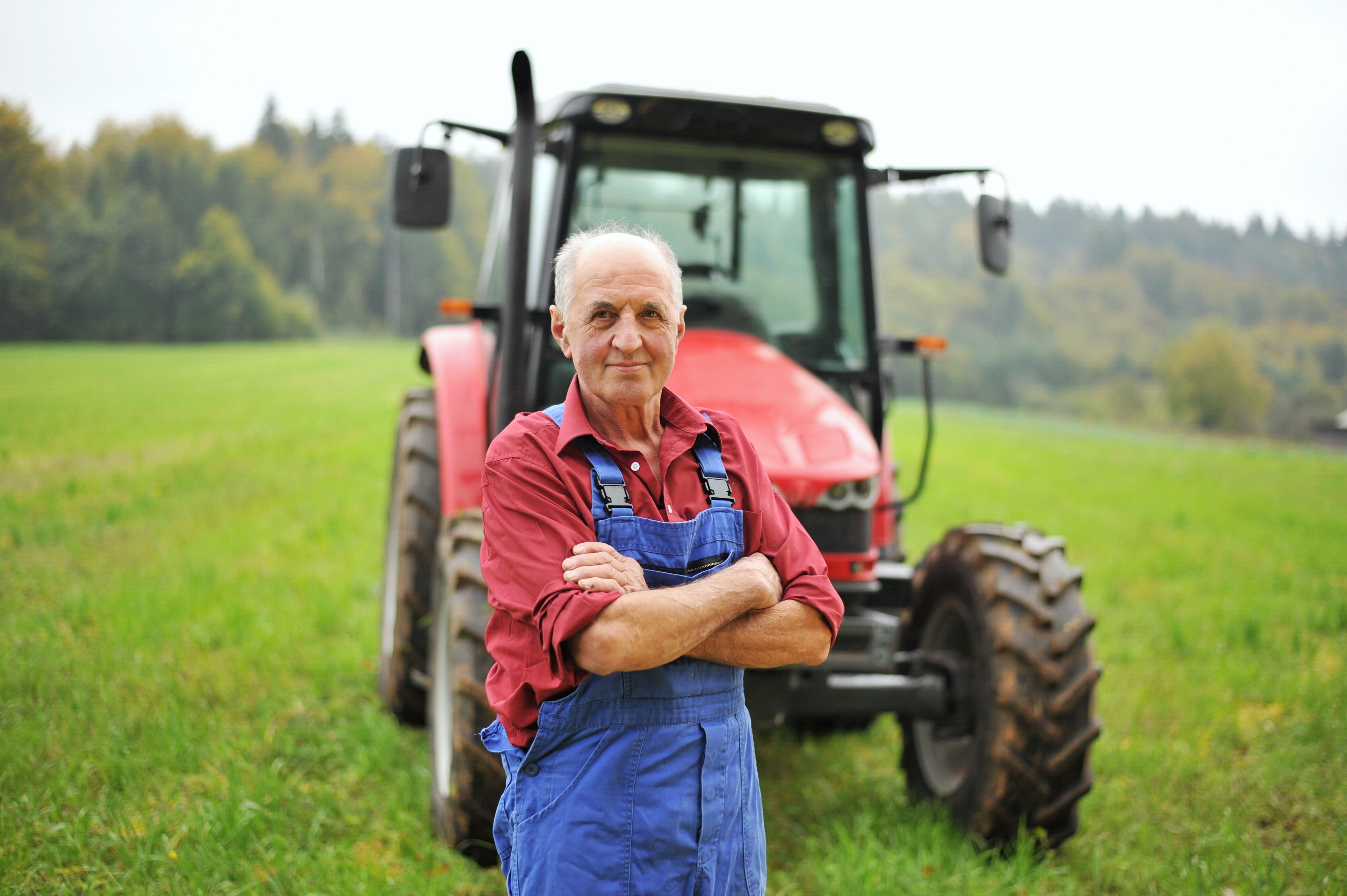Each year, consumers spend about $550 billion on food products from U.S. farms, and of the roughly 2 million farms in America, about 90 percent are owned and operated by families or individuals. That’s a lot of food, and with millions of people involved in the growth and production of so many different types of agricultural products – and so much large machinery and heavy equipment used in nearly every phase of production – it’s no surprise people who work on farms are at a significantly higher risk of injury than many other types of workers. In fact, both the U.S. Department of Labor and the Centers for Disease Control and Prevention (CDC) rank agriculture occupations as among the most dangerous professions, accounting for the highest numbers of work-related fatalities and non-fatal injuries. The CDC reports that each day in the U.S., nearly 170 agriculture workers are injured on the job.

Again not surprisingly, farm machinery is to blame for many of the most serious accidents on farms, and taking a few simple steps today can help ensure ensure your workers stay safe when operating equipment or working near your farm machinery:
- Know your equipment. Don’t just read the manuals – take advantage of on-site training opportunities to ensure you and your workers know the proper way to operate each type of machinery, including how to turn off equipment in an emergency.
- Keep it serviced. Forget DIY unless repairs are very simple and you’re sure of your skills. Instead, invest in professional repairs and routine maintenance to keep agriculture machinery running in top shape and to make sure you don’t run afoul of your warranties.
- Invest in proper training. Machinery used in agriculture operations can be notoriously complex to operate, especially in different weather conditions or soil types. Make sure your workers are completely trained in the operation of equipment as required, and also make sure non-operator workers know how to stay safe around equipment as well, whether it’s “turned on” or not.
- Have regular reviews, especially when equipment is upgraded or altered or methods change. Just like you, your employees are busy, and sometimes they may not remember all the steps in proper operation of equipment, or they may not have been trained in recent upgrades. Having routine reviews ensures your workers are properly trained so they stay safe and you avoid costly OSHA violations.
For more information about farm safety, visit the OSHA website – it’s chock full of information – and call our office toll-free at 800-538-0487 to ensure you have the right types and amounts of insurance coverage to keep your workers and your operation well protected.
Categorised in: Uncategorized